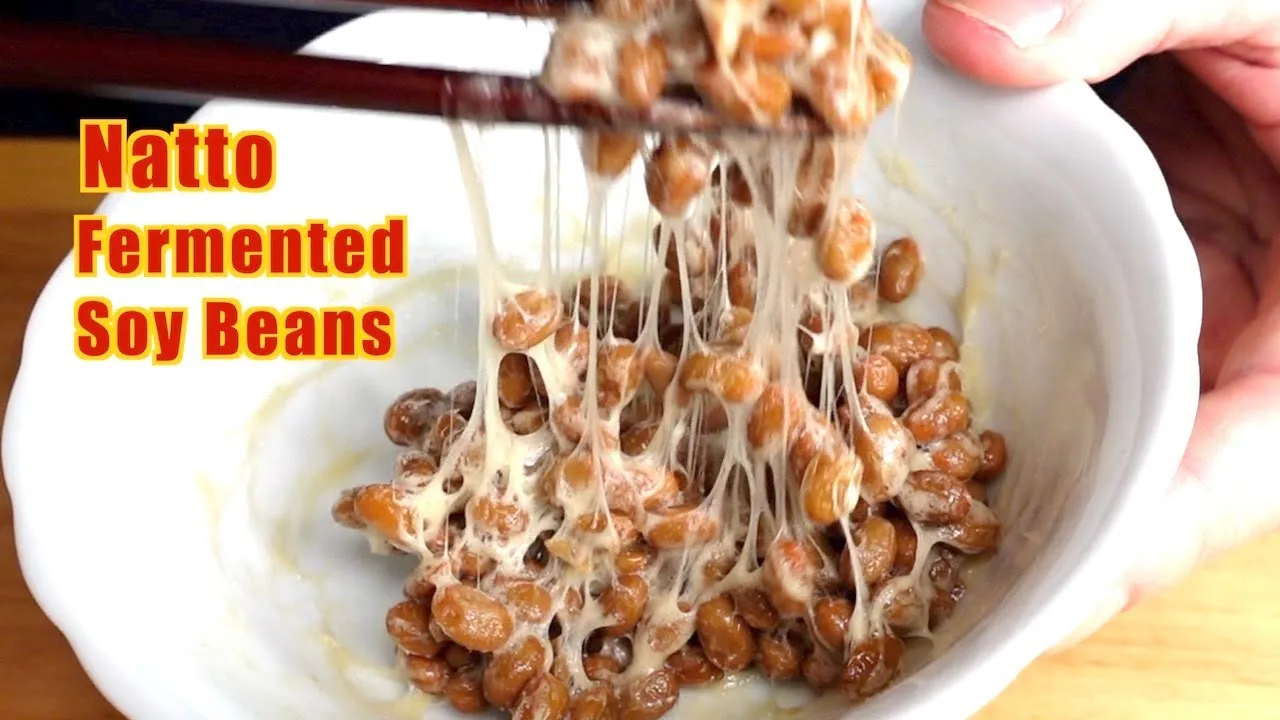Beans have been a staple in Japanese cuisine for centuries, playing a crucial role in both traditional dishes and modern recipes. From soybeans to adzuki beans, these versatile legumes are not only nutritious but also add a unique flavor and texture to a variety of dishes. In this article, we will explore the traditional role of beans in Japanese cuisine and how they are used in different dishes.
Soybeans
Soybeans are perhaps the most well-known type of beans in Japanese cuisine. They are used to make a variety of soy products such as tofu, soy sauce, and miso paste. Tofu, a popular ingredient in vegetarian dishes, is made by curdling soy milk and pressing the curds into blocks. Soy sauce, a staple condiment in Japanese cooking, is made by fermenting soybeans with salt and koji mold. Miso paste, another essential ingredient in Japanese cuisine, is made by fermenting soybeans with salt and koji mold, resulting in a salty and savory paste that is used in soups, marinades, and dressings.
Adzuki Beans
Adzuki beans are another type of beans commonly used in Japanese cuisine. They are small red beans with a sweet and nutty flavor, often used in desserts and sweet snacks. One popular dish made with adzuki beans is “anko,” a sweet red bean paste that is used as a filling in traditional Japanese sweets such as mochi and dorayaki. Adzuki beans are also used in savory dishes such as “zoni,” a traditional New Year’s soup made with mochi rice cakes, vegetables, and adzuki beans.
Green Beans
Green beans, known as “ingen” in Japanese, are a common vegetable in Japanese cuisine. They are often stir-fried or blanched and served as a side dish or added to soups and stews. In summer, green beans are used in “nasu no ohitashi,” a refreshing dish made with blanched eggplant and green beans dressed in a soy-based sauce. Green beans are also used in “gomaae,” a traditional dish made with blanched vegetables dressed in a sesame sauce.
Black Beans
Black beans, known as “kuromame” in Japanese, are a type of beans often used in traditional Japanese New Year’s dishes. They are simmered in a sweet soy sauce-based broth until they are tender and flavorful. Kuromame is often served as a side dish during the New Year’s celebrations, symbolizing health and prosperity for the coming year. Black beans are also used in desserts such as “kuromame daifuku,” a sweet mochi filled with black beans and coated in kinako (roasted soybean flour).
Bean Sprouts
Bean sprouts, known as “moyashi” in Japanese, are a common ingredient in stir-fries and salads. They are often used in dishes such as “moyashi no ohitashi,” a simple dish made with blanched bean sprouts dressed in a soy-based sauce. Bean sprouts are also used in “yakisoba,” a popular stir-fried noodle dish made with vegetables, meat, and noodles. Bean sprouts add a crunchy texture and fresh flavor to dishes, making them a versatile ingredient in Japanese cuisine.
Conclusion
Beans play a significant role in Japanese cuisine, adding flavor, texture, and nutrition to a variety of dishes. From soybeans to adzuki beans, these versatile legumes are used in traditional dishes such as tofu, miso soup, and anko, as well as in modern recipes like stir-fries and salads. Whether they are simmered in a sweet soy sauce-based broth or stir-fried with vegetables, beans are an essential ingredient in Japanese cooking, contributing to the rich and diverse flavors of the cuisine.
#Traditional #Role #Beans #Japanese #Cuisine

